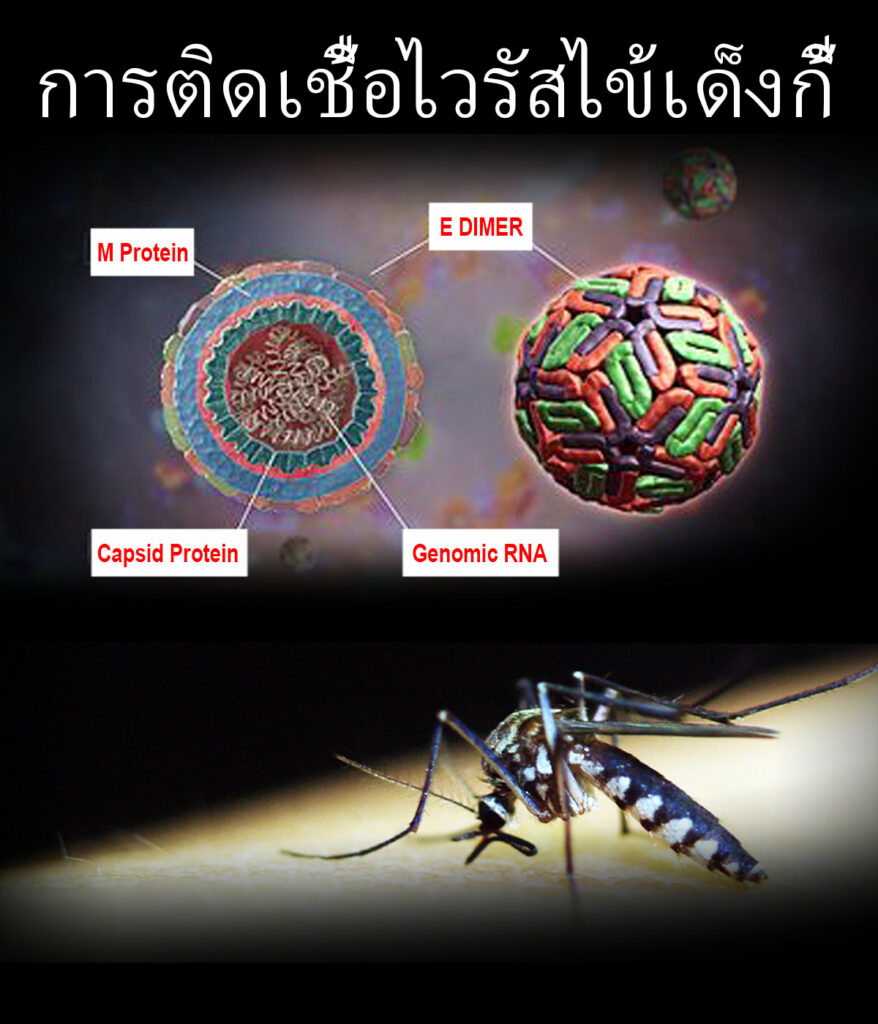Dengue fever remains a significant global health challenge, with over 100 million cases reported annually. This mosquito-borne illness manifests in a spectrum ranging from mild fever to life-threatening conditions such as severe hemorrhage and shock, occasionally resulting in death. A prevalent misconception in the medical community is the association of severe dengue primarily with secondary infections, attributed to antibody-dependent enhancement following an initial infection with a different serotype of the dengue virus.
Recent research conducted in India, a country with the highest reported dengue incidents, sheds new light on the severity of dengue fever and its correlation with primary versus secondary infections. An analysis of 619 pediatric cases across three hospitals revealed a surprising finding: primary infections were responsible for the majority of severe cases and fatalities observed. This contradicts the previously held belief that severe dengue predominantly occurs during secondary infections. The study utilized IgM:IgG ratios for classifying primary and secondary infections, adhering to World Health Organization guidelines, and found significant differences in neutralizing antibody titers between these two groups, with primary infections showing considerably lower levels.
The role of neutralizing antibodies (nAbs) in dengue infection outcomes is complex and varies depending on the individual’s infection history and the infecting serotype. An insightful study from a pediatric cohort in Nicaragua evaluated the potency of nAbs and their protective efficacy against dengue. The research highlighted the impact of different cellular substrates and virion maturation states on nAb measurement, which can lead to biased estimations of their effectiveness. The study also uncovered variations in nAb composition and how it influences protection against symptomatic dengue differently following primary and secondary infections. These findings underscore the need for a nuanced understanding of immune responses in vaccine development and disease prevention strategies.

Furthermore, advancements in understanding the molecular mechanisms of dengue virus replication have revealed the critical role of the nuclear membrane protein SUN2. This protein significantly enhances the replication of various flaviviruses, including dengue, through its interaction with the cytoskeleton and nucleoskeleton. It facilitates the reorganization of the cytoskeleton and formation of viral replication organelles, thereby promoting viral RNA synthesis. This discovery opens new avenues for therapeutic interventions targeting the interaction between viral proteins and host cellular structures.
The fight against dengue fever is multifaceted, involving a detailed comprehension of the disease’s pathology, immune response, and the intricate relationship between the virus and host cellular mechanisms. These insights are crucial for the development of effective vaccines and treatments, particularly for protecting dengue-naive populations. As research continues to unravel the complexities of dengue fever, it is imperative for medical professionals to stay abreast of these advancements to combat this global epidemic effectively.
Author: David Halenta
Note: Before relying on the information in this article, please ensure you have read our Disclaimer for important legal and health information.
Sources:
- Severe disease during both primary and secondary dengue virus infections in pediatric populations, Published: 06 February 2024
- Protection against symptomatic dengue infection by neutralizing antibodies varies by infection history and infecting serotype, Published: 09 January 2024
- Nuclear membrane protein SUN2 promotes replication of flaviviruses through modulating cytoskeleton reorganization mediated by NS1, Published: 05 January 2024

Leave a Reply